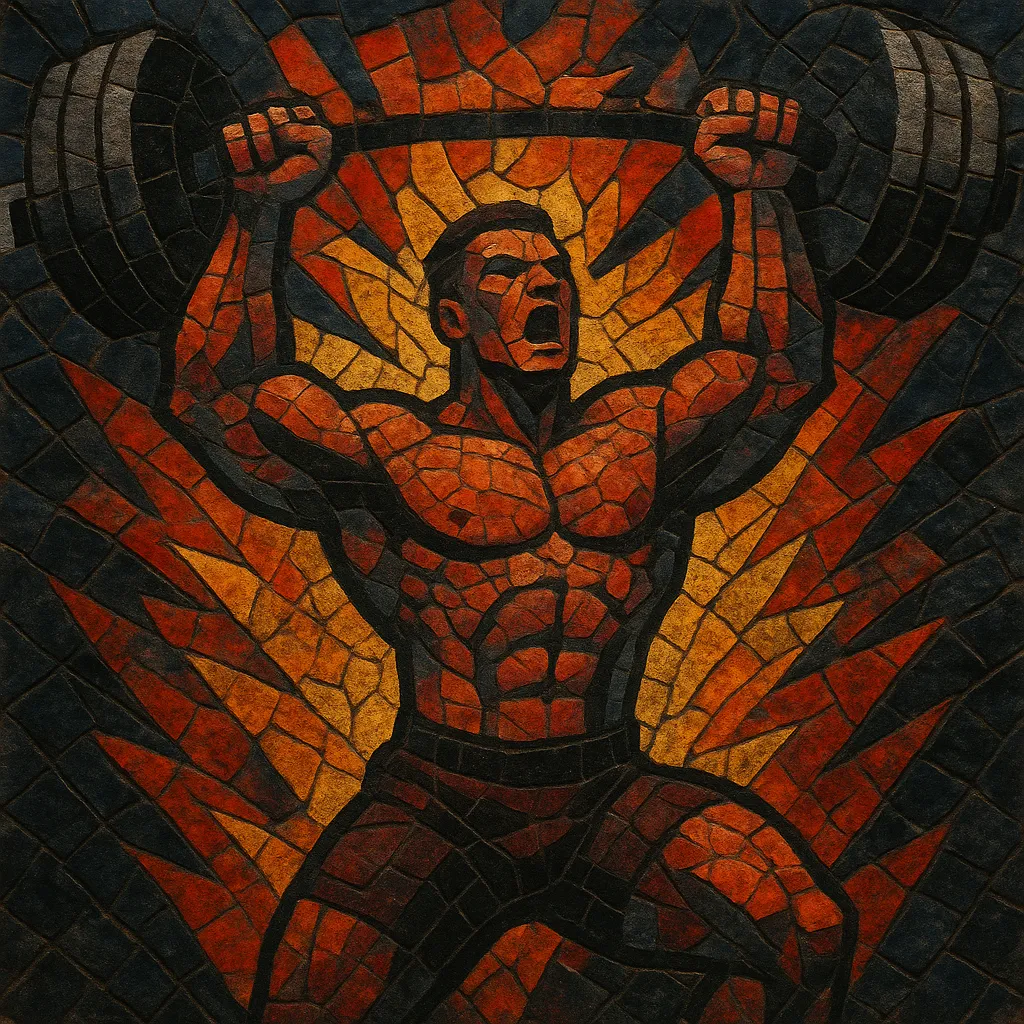Pumpcore is a hyper-energetic, gym-oriented microgenre that blends blown-out bass, sped-up hooks, and hard-hitting drops tailored for workout intensity and short-form video edits.
It borrows from trap (and EDM-trap), phonk’s gritty timbres, hardstyle’s festival-scale builds, and nightcore-style acceleration, then pushes everything through aggressive saturation and sidechain “pump” to create a relentless, motivational surge. Tracks typically revolve around a memorable vocal or lead riff that has been time-stretched, pitch-shifted, and looped to maximize adrenaline and impact.
Pumpcore emerged from the convergence of EDM-trap, phonk/“drift phonk,” and internet edit culture. Editors on platforms like SoundCloud, YouTube, and later TikTok began speeding up, bass-boosting, and clipping rap and pop hooks to fit high-impact gym and “edit” videos. The sidechain “pumping” feel—long a dance-production staple—became the aesthetic centerpiece, turning familiar motifs into explosive, motivational drops.
As gym and “sigma” edits grew on social media, producers doubled down on distorted 808s, four-on-the-floor or halftime trap drums at 140–160 BPM, and cinematic risers. Phonk house and hardwave textures blended with hardstyle-scale buildups, while nightcore-like acceleration kept energy constantly peaking. Viral snippets prioritized instant payoff, shaping ultra-compact structures that deliver the hook within seconds.
By the mid-2020s, “pumpcore” settled into a recognizable toolkit: clipped masters, OTT/limiter drive, ducking bass under dominant kicks, menacing minor-key riffs, and catchy, loopable vocal chops. While the scene remains decentralized, its sound is widely understood in edit communities and gym playlists, influencing how producers arrange for immediate impact and repeatable hooks.


